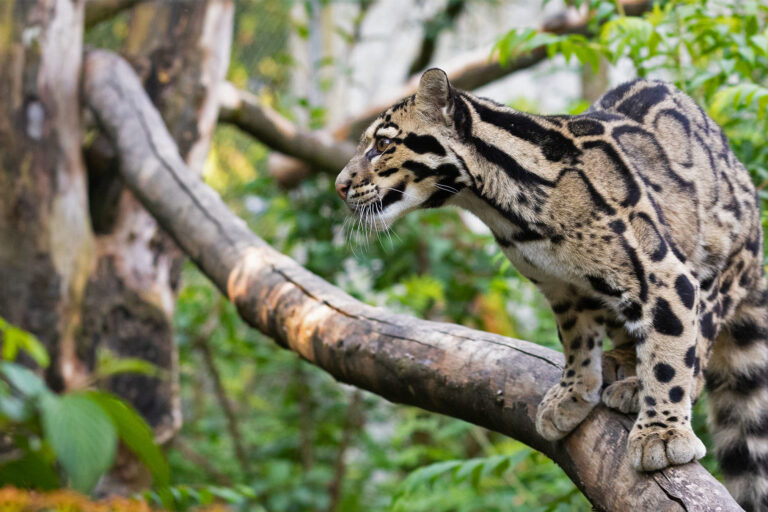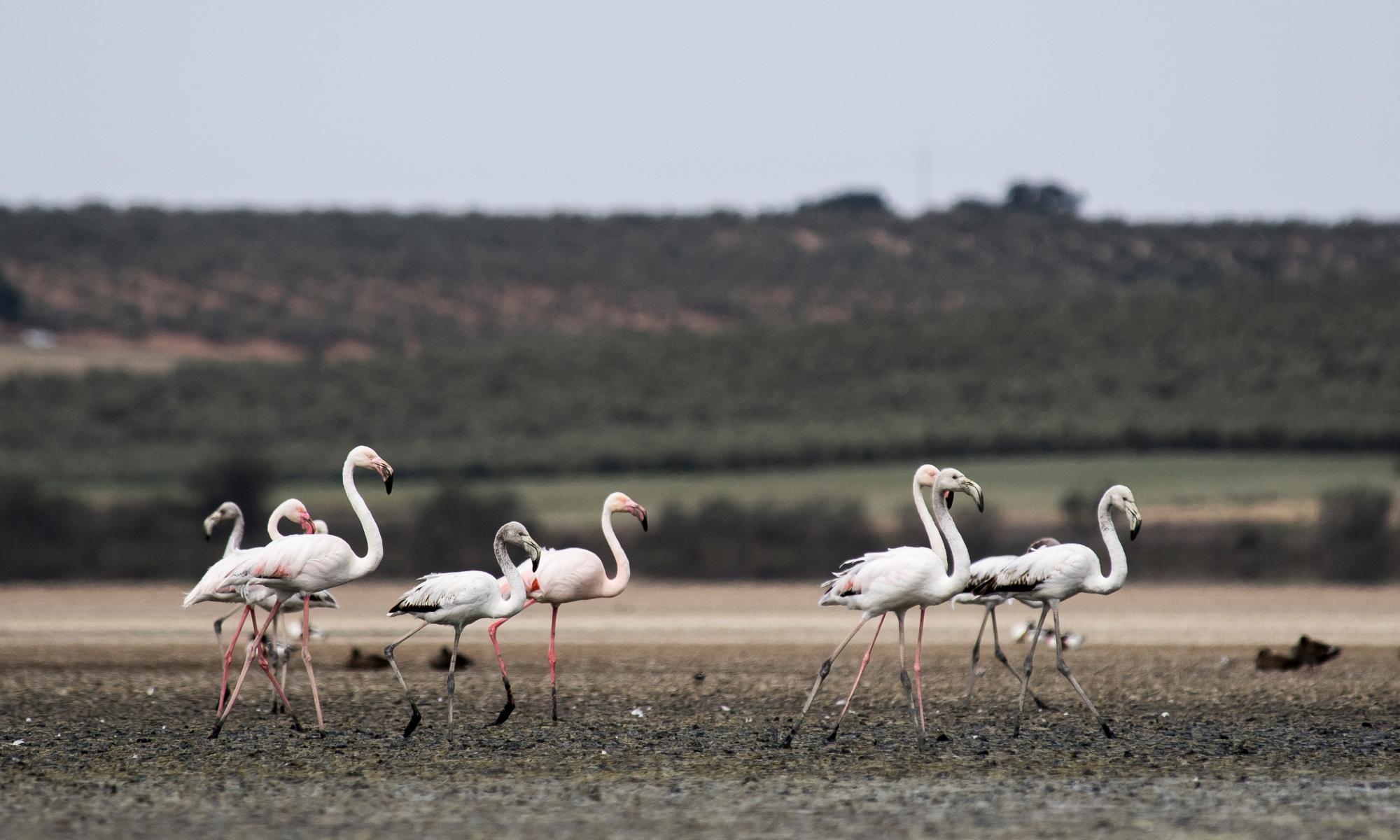Despite a summer of glorious sunshine, fewer butterflies than ever were recorded in the world’s largest citizen science insect count.
On average, fewer than nine butterflies per count were spotted in this summer’s Big Butterfly Count, the lowest in the 13 years of Butterfly Conservation’s popular July recording scheme.
It is the third year in a row that the count has recorded its lowest-ever average abundance, a worrying sign that once-common flying insects are continuing to disappear from Britain.
Zoe Randle, senior surveys officer for Butterfly Conservation, said: “It is really quite worrying, particularly because we had such good weather this summer across most of the UK, with above-average temperatures and below-average rainfall, particularly in July. We need to do a lot more to protect and restore habitats for these widespread species.”
The gatekeeper, a butterfly of country hedgerows and grass verges, was the most common butterfly with 142,618 counted, up 58.6% on summer 2021, which was its second worst Big Butterfly Count result.
But there were 161,987 gatekeepers counted in 2019, and yet it was only the fourth most common butterfly that year.
The next five most counted species in this year’s survey – large and small white, meadow brown, red admiral and peacock – all declined on the levels recorded last year, which was the worst year since records began.
The only bright spots this summer were large rises for common blues (up 154.4% on last year), holly blues (up 119.8%), speckled woods (up 97.5%) and commas (up 94.7%).
The fine weather did cause many butterflies to emerge a week or two earlier than normal and so the Big Butterfly Count – which starts in the third week of July – missed the peak emergence of some common midsummer species, such as the meadow brown and marbled white.
But Randle said that even allowing for the earlier emergence of species, it was a disappointing result.
Lepidopterists, specialists in butterflies and moths, are also concerned that the drought this summer could affect next year’s numbers, particularly butterflies such as the ringlet, whose caterpillars feed on grasses in late summer. “Egg-laying females might not have found anything suitable to lay their eggs on because their food plants were dry and desiccated,” said Randle.
The drought of 1976 proved disastrous for many species, but the more recent drought in 2018 did not appear to have the negative impact that butterfly scientists feared it might.
More than three-quarters of the Big Butterfly Count’s recordings were undertaken in people’s gardens. The declines support other scientific studies showing that butterflies are disappearing more quickly in urban areas than in the countryside.
Randle said that factors in the loss of butterflies in towns and cities include the popularity of plastic grass, the paving over of front gardens for parking spaces, “garden grabbing” by developers and rising levels of nitrates from traffic, which affect butterflies’ food plants.
One piece of good news was the widespread appearance this summer of a day-flying moth, the Jersey tiger, which appears to be thriving in the changing climate and breeds in gardens. Its numbers rose by 136.5%.
Randle said that while the news was “depressing”, people could do something about it, by practising wildlife-friendly gardening, keeping long-grass areas in gardens, allotments and parks, and planting specific plants for some species, such as alder buckthorn, which is the food plant for the brimstone butterfly.
The 10 most commonly spotted butterflies in 2022
Gatekeeper (+58.6% compared with 2021)
Large White (-9.4%)
Small White (-25.8%)
Meadow Brown (-17.5%)
Red Admiral (-20%)
Peacock (-5.5%)
Small Tortoiseshell (+13%)
Comma (+94.7%)
Ringlet (-38.5%)
Common Blue (+154.4%)


